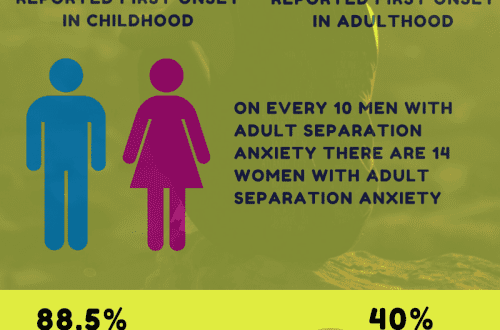
Ahoana no "ianaran'ny alika" hahatakatra ny olona?
Scientists have found that dogs are able to understand people, in particular, human gestures. You can verify this by playing a diagnostic communication game with your dog. This ability distinguishes dogs even from our closest relatives – great apes.
But how did dogs develop this ability? Researchers around the world asked this question and began to look for an answer.
Hevitra ato Anatiny
Puppy experiments
The most obvious explanation seemed to be that dogs, by spending a lot of time with people, playing with us and watching us, simply learned to “read” us. And this explanation looked logical as long as adult dogs took part in the experiments, which really could solve communication problems thanks to the “flying hours”.
To test this hypothesis, the scientists decided to experiment with puppies. They were subjected to the same tests as adult dogs. The study involved puppies aged 9 to 24 weeks, with some of them living in families and attending training classes, and some have not yet found owners and had little experience with people. So the goal was, firstly, to understand how well puppies understand people, and secondly, to determine the difference between puppies with different experiences with a person.
Puppies 6 months old were supposed to be much more skillful than puppies 1,5 months old, and someone who had already been “adopted” and attended training classes would understand a person much better than a puppy that grows like grass along the road.
The results of the study caused great surprise among scientists. The initial hypothesis was smashed to smithereens.
It turned out that 9-week-old puppies are quite effective at “reading” people’s gestures, and it doesn’t matter if they live in a family of new owners, where they are the center of attention, or are still waiting for “adoption”.
In addition, it later turned out that even puppies at the age of 6 weeks perfectly understand human gestures and, moreover, can use a neutral marker that they have never seen before as a clue.
That is, “the flight of hours” has nothing to do with it and cannot serve as an explanation for the amazing ability of dogs to understand people.
Experiments with wolves
Then scientists put forward the following hypothesis. If this quality is already characteristic of small puppies, perhaps it is the legacy of their ancestors. And, as you know, the ancestor of the dog is the wolf. And so, wolves must also have this ability.
That is, if we talk about the 4 levels of analysis proposed by Niko Tinbergen, instead of the original ontogenetic hypothesis, scientists have adopted the phylogenetic hypothesis.
The hypothesis was not without foundation. After all, we know that wolves hunt together and, being pack animals and predators, naturally understand both each other and the “body language” of their victims.
This hypothesis also needed to be tested. For this, it was necessary to find wolves. And the researchers contacted Christina Williams, who worked at The Wolf Hollow wolf sanctuary in Massachusetts. The wolves in this reserve were raised by people as puppies, so they completely trusted the person and willingly communicated with him, especially with the “wolf nanny” Christina Williams.
With wolves, various variants of a diagnostic game for communication (understanding of gestures) were carried out. And with all the tolerance of these wolves towards people, experiments have shown that they are completely unable (or unwilling) to “read” human gestures and do not perceive them as a hint. They did not focus on people at all when making a decision. In fact, they acted in the same way as the great apes.
Moreover, even when the wolves were specially trained to “read” human gestures, the situation changed, but the wolves still did not reach the puppies.
Perhaps the fact is that wolves are generally not interested in playing human games, the researchers thought. And to test this, they offered the wolves memory games. And in these tests, gray predators showed brilliant results. That is, it is not a matter of unwillingness to communicate with a person.
So the hypothesis of genetic inheritance has not been confirmed.
What is the dog’s secret?
When the first two hypotheses, which seemed the most obvious, failed, the researchers asked a new question: due to what genetic changes on the way to domestication, dogs diverged from wolves? After all, evolution has done its job, and dogs are indeed different from wolves – perhaps it is the achievement of evolution that dogs have learned to understand people in a way that no other living creature can do? And because of this, wolves became dogs?
The hypothesis was interesting, but how to test it? After all, we cannot go back tens of millennia and go through the whole path of domesticating wolves again.
And yet, this hypothesis was tested thanks to a scientist from Siberia, who for 50 years conducted an experiment on the domestication of foxes. It was this experiment that made it possible to confirm the evolutionary hypothesis of the origin of the ability of dogs to social interaction with humans.
However, this is a rather interesting story that deserves a separate story.
Vakio amin'ny: Domestication of dogs, or how foxes helped reveal a huge canine secret





